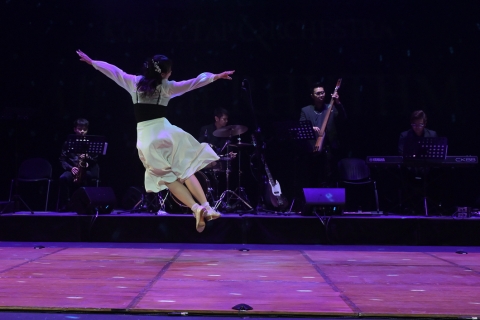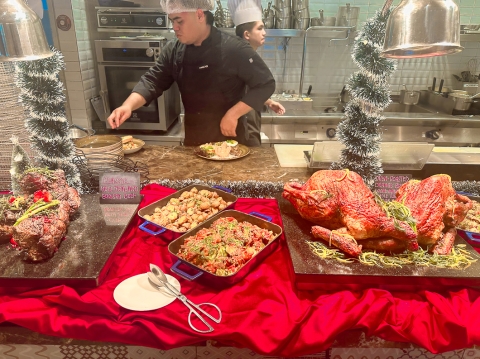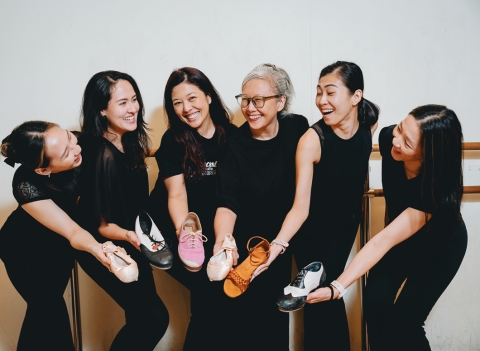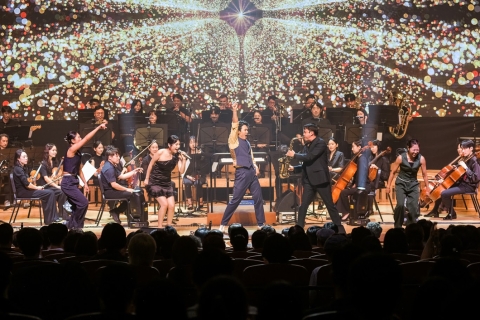Tourism Selangor features 5 destinations in Selangor which hold a lot of history. Some historical remains are still intact or exhibited to witness and learn from; these following destinations are worth to visit!
Kuala Kubu Bharu

Kuala Kubu Bharu was governed by early British residents, such as President Frank Athelstane Swettenham. Kuala Kubu Bharu was Raja Mahadi’s fort during the Civil War which took place between 1867-1874. The town was also hit by a massive flood which according to legend was due to the action of a British Officer, Cecil Ranking, who killed a white crocodile which was considered the town’s guardian by the people of old Kuala Kubu.
There are several historical locations here, including the Kuala Kubu Bharu Historical Gallery where you can immerse in the history of this town. Old buildings that were built during the British ruling-era are the police station, the post office and the Clock Tower. Local authorities are in the process of mapping Kuala Kubu Bharu Town as a World Heritage Site by The United Nations Educational, Scientific and Cultural Organization (UNESCO) to be better-known at international level.
Royal Klang Town

Klang, which is the oldest city in Malaysia, is rich in history. Klang was chosen as the capital of Selangor after the passing of Sultan Muhammad, before being moved again to Kuala Lumpur.
Apart from being a Royal City that houses the Sultan of Selangor’s Palace, Klang is also a city that used to be a battleground for the Civil War that took place between Raja Mahadi and Raja Sulaiman. The city also has many buildings built during the British colonial times, including Chennai Silk Palace Klang, Church of Our Lady Lordes and King Abdullah’s Building.
These buildings are also stops in the Royal Klang Town Heritage Walk Tour Programme where visitors can explore Klang’s heritage trail by foot. There are other iconic places that can be visited, such as the Klang Bridge which was built in 1957 and the Sultan Abdul Aziz Royal Gallery, which displays private collections and exhibits of the Selangor Sultanate.
Kajang Town

Kajang is a mukim located in Hulu Langat District, Selangor. Kajang Town is over 200 years old and was formerly a tin mining area started by the people of Mendaling, Rawa, Minangkabau and a few Kampar people from Sumatra who migrated to this District. Kajang also has old buildings such as the Shen Sze She Yar Temple which is over 120 years old. The historical buildings in Kajang also include the Old Post Office, Masjid Jamek Kajang and also various biscuit shops which on average were all built over 100 years ago.
Kajang also offers a unique Heritage Walk Programme for visitors to explore historical sites in Kajang. Other must-visit locations include the Tan Boon Chia Building which used to be the residence for mine owners before becoming the headquarters for the Japanese army, and Kajang Heritage Center which stores 300 collections of artifacts, tools and historical documents, especially those related to Kajang Town.
Kuala Selangor Old Town

Kuala Selangor Old Town was first occupied by seafarers who made a living by fishing in the 17th century AD. The early population were Bugis people, and they were said to be led by a woman who was described as a loving person. There is a bay called Teluk Penyamun as it was a location where robbery often happened. Jeram, an area in Kuala Selangor, is also said to be the place where Sultan Mansur Syah Melaka who ruled from 1459 to 1477 inaugurated his prince, Paduka Seri Cina.
To uncover the history of Kuala Selangor Old Town, you may visit Kuala Selangor District Historical Museum. Bukit Malawati holds the Batu Hampar, Perigi Beracun (poisonous well) and Meriam Penggawa (Penggawa cannon), each with its own unique story.
Jugra Town

Jugra, formerly known as Temasya town, was first established in the 18th century by Bugis people who came from Johor for trading activities with Malacca. Jugra was also the administrative area of the Selangor State Government after moving from Kuala Selangor in 1859, during the reign of the 4th Sultan of Selangor, Sultan Abdul Samad. In the past, Jugra was a strategic location, and later became a residential, business, and commercial area. Jugra has also become a popular destination among traders of tin products.
It is also said that Hang Tuah once set foot here for the purpose of cockfighting at Jugra Hill. Jugra also has historical relics from the Sultan Abdul Samad sultanate such as the Long Puteri Palace and the Bandar Palace, which was the residence of Sultan Abdul Samad from 1859 to 1898. At the Jugra Insitu Museum, which was once a police station, court and jail, you can learn about the history of Jugra town. Do not forget to stop by Alaeddin Mosque during your visit to this town.
Wherever you are, always continue to adhere to the standard operating procedures (SOPs) set by the National Security Council such as wearing face mask in public at all times, applying hand sanitiser regularly and practicing social distancing.
Tourism Selangor is Selangor State’s Official Tourism Promotion Agency established to increase the number of local and international tourists to Selangor by enhancing and developing the known as well as the undiscovered beauty of the State. Many initiatives are taken to achieve this such as organising local and international campaigns, events, overseas tourism trade missions and local roadshows.
This post is written by Ms Amirah Aishah Binti Markom.



















